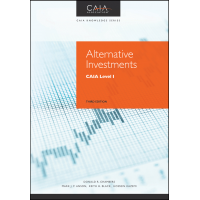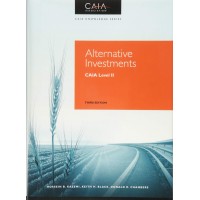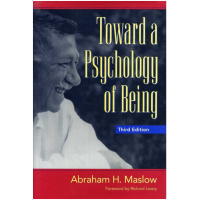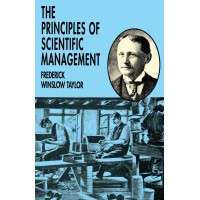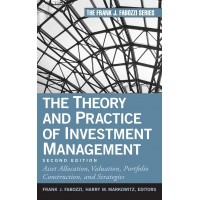Statistical Method from the Viewpoint of Quality Control
The application of statistical methods in mass production make possible the most efficient use of raw materials and manufacturing processes, economical production, and the highest standards of quality for manufactured goods. In this classic volume, based on a series of ground-breaking lectures given to the Graduate School of the Department of Agriculture in 1938, Dr. Shewhart illuminated the fundamental principles and techniques basic to the efficient use of statistical method in attaining statistical control, establishing tolerance limits, presenting data, and specifying accuracy and precision.
In the first chapter, devoted to statistical control, the author broadly defines the three steps in quality control: specification, production, and inspection; then outlines the historical background of quality control. This is followed by a rigorous discussion of the physical and mathematical states of statistical control, statistical control as an operation, the significance of statistical control and the future of statistics in mass production. Chapter II offers a thought-provoking treatment of the problem of establishing limits of variability, including the meaning of tolerance limits, establishing tolerance limits in the simplest cases and in practical cases, and standard methods of measuring.
Chapter III explores the presentation of measurements of physical properties and constants. Among the topics considered are measurements presented as original data, characteristics of original data, summarizing original data (both by symmetric functions and by Tchebycheff's theorem), measurement presented as meaningful predictions, and measurement presented as knowledge.
Finally, Dr. Shewhart deals with the problem of specifying accuracy and precision — the meaning of accuracy and precision, operational meaning, verifiable procedures, minimum quantity of evidence needed for forming a judgment and more. Now available for the first time in this inexpensive paperbound format, this highly respected study will be welcomed by mathematics students, engineers, researchers in industry and agriculture — anyone in need of a lucid, well-written explanation of how to regulate variable and maintain control over statistics in order to achieve quality control over manufactured products, crops, and data. Reprint of the Graduate School, Department of Agriculture, Washington, D.C., 1939 edition.
About the Author
Walter Andrew Shewhart (March 18, 1891 – March 11, 1967) was a physicist, engineer, and statistician, sometimes known as the father of statistical quality control and also related to the Shewhart cycle. He was born in New Canton, Illinois, United States. His father was Anton Shewhart and his mother Barney Shewhart. It was not easy to enter higher education for Walter. Anyway, with his passion for studying, he managed to acquire a great knowledge of science. This impetus was the key to enter the University of Illinois, and surprisingly, something that was not within his plans, he received his doctorate in physics at the University of California at Berkeley in 1917.Upon receiving his doctorate, he taught at the universities of Illinois and California. He was briefly in charge of the Department of Physics at the Wisconsin Normal School in LaCrosse. He was a fan of libraries or anything that could provide him with unknown information. Learning was something he found fascinating. This was perhaps an element of Shewhart’s success. Intelligently and strategically he cultivated these sources and obtained from the information that he put into practice. For this reason, he received several recognitions throughout his life, one of them, very significant for him, was the one published in Industrial Quality Control in August 1967.
Shewhart worked for many years as an engineer at Western Electric. He left this position in 1924 and was hired in the laboratories of Bell Telephone, where he held various positions, one of them, as a member of the technical staff. In this important company, he was from 1925 to 1956.
Due to a task that the Bell Telephone engineers had to take on from higher orders, Shewhart and his team worked to improve the reliability of Bell Telephone’s transmission systems. Because the installation of the amplifiers and other equipment was done underground, this generated many faults and, obviously, a lot of money invested in repairs. Bell Telephone had already realized the importance of renewing the manufacturing process. So, Shewhart understood that the continuous process of adjustments as a response to the reported failures increased the variations in the deterioration of the quality of the equipment.
In 1924, according to his analyzes, and a greater deepening of them, he introduced the control chart as a tool to distinguish between the variations in the faults and the quality of the equipment. It is currently known as a schematic control diagram. Shewhart emphasized in the importance of predicting future results and managing it economically, to keep the variations controlled. Towards the end of the 1930s, Shewhart’s interests took on new horizons, going beyond Industrial Quality, focusing on broader concepts, such as statistical inference.
In 1932, when he was invited to give a lecture in England under the auspices of Karl Pearson he received many critiques. At that moment, his ideas turned out to be uninteresting for the circle belonging to the English statistical tradition. Despite this, he continued to work on his statistical concept of tolerance intervals and try to propose his rules for the presentation of data. He launched his book Statistical Method from the Viewpoint of Quality Control (1939). The book answers the following research question: What can the statistical practice and science, in general, learn from the experience of industrial quality control?
He taught Quality Control and Applied Statistics at the University of London, as well as at the Stevens Institute of Technology, and at the Graduate School of the United States Department of Agriculture. His assertive teaching style led him to academic institutions in India. After this, he obtained other important positions, such as a member of the Visiting Committee of the Department of Social Relations of Harvard, honorary professor in Rutgers, and member of the Advisory Committee of the Department of Mathematics in Princeton, United States.
For his effective method was also hired for official services, Shewhart served: the United States Department of War, the United Nations and the government of India. He had an important influence on the National Research Council and the International Statistical Institute. He was also an honorary member of the Royal Statistical Society of England, and while in India he collaborated with the Calcutta Statistical Association. When he came back to the United States he was hired as the director of the Institute of Mathematical Statistics and participated in the American Association for the Advancement of Science and in the Econometric Society, the International Statistical Institute and the New York Academy of Sciences. Your work in the engineering was parallel to his position as editor of the Mathematical Statistics Series published by John Wiley & Sons, with the necessary knowledge in this field and the alliances achieved, he published in the Bell System Technical Journal.
The American Society for Testing Materials published the importance of his studies to increase the production during the Second World War in the American war standards Z1.1-1941, Z1.2-1941 and Z1.3-1942. Additionally, he published articles in professional journals, although many of his writings did not come from Bell Laboratories. One of them was the historical memorandum of May 16, 1924, in which he proposed the control charts to his superiors. Shewhart’s proposal in the field of statistics was a resounding innovation because he endowed this science with a strong operational vision. Shewhart based his works on the writings of the pragmatic philosopher Clarence Irving Lewis. Also, the book Mind and the World Order by Lewis was very important in his training and intellectual development.
Shewhart passed away in Troy Hills, New Jersey, on March 11, 1967.

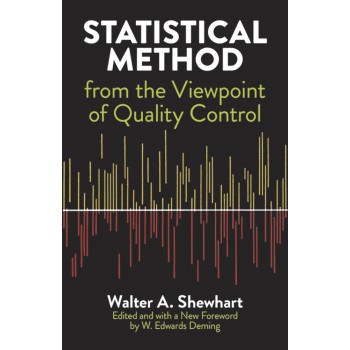







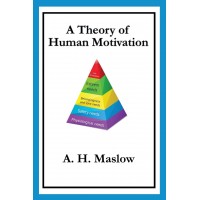

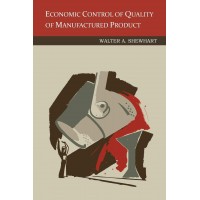
-200x200.jpg)
